Masterpieces Of Polish Cinema According to Martin Scorsese
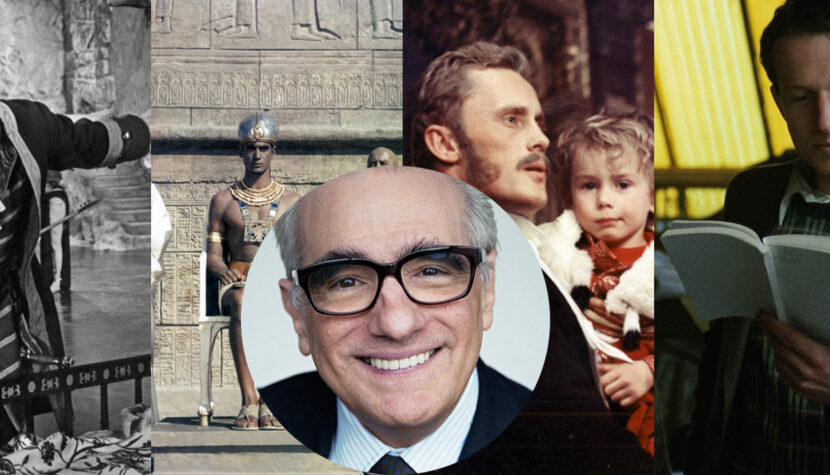
Individual films may not appeal to everyone, but it’s hard to argue that several Polish directors have created works of global renown, and they themselves are considered by many who are interested in the world of cinema to be outstanding artists important for the development of film art – not only in Poland but also worldwide. Martin Scorsese is a testament to this, openly admitting that Polish cinematography had a great influence on his work.
Confirmation of the American director’s stance can be found in the series of screenings he organized in 2014, titled Martin Scorsese Presents: Masterpieces of Polish Cinema. The idea for the project arose in December 2011, during the author’s visit to Łódź. Scorsese’s passion for Polish cinema was combined with his interest in the reconstruction of many Polish film classics. As a result, the New York artist planned to showcase 21 Polish works, first in the United States and Canada. A year later, the event expanded to the United Kingdom, where three additional titles were included.
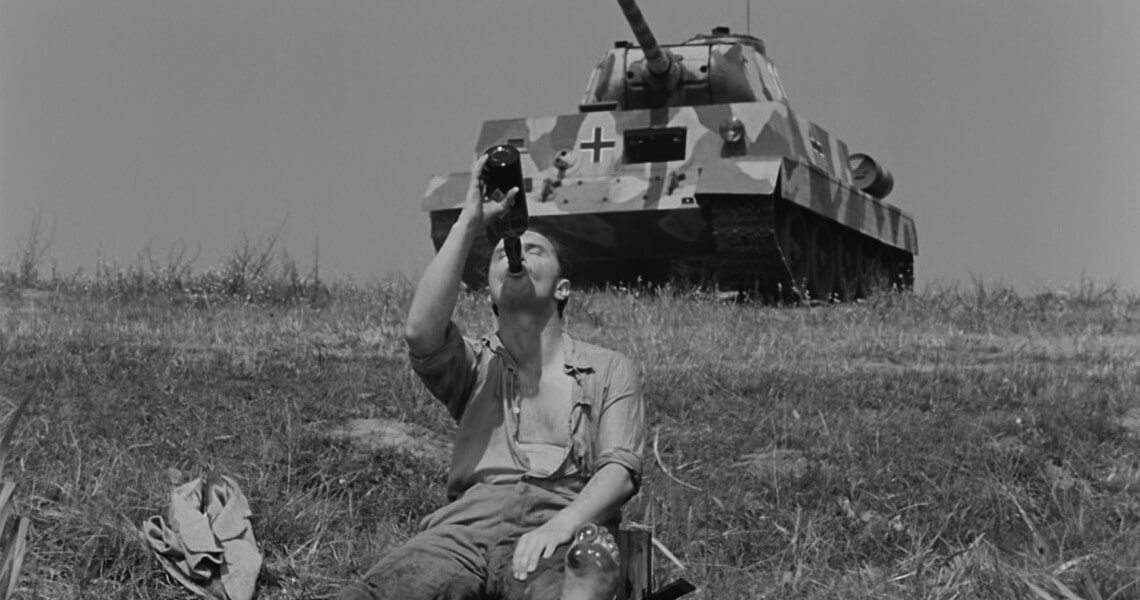
Let’s delve into Scorsese’s selection, briefly analyzing it. The film list of the American director begins in the late 1950s. The oldest title, from 1957, is Eroica directed by Andrzej Munk. Initially planned as three novellas, the final version included two. Genre-wise, Eroica is a tragicomedy, but the next title, Last Day of Summer (1958), is a chamber psychological drama. It is also the debut of Tadeusz Konwicki, featuring only two actors – Irena Laskowska and Jan Machulski. From the same year comes Ashes and Diamonds, a breakthrough in Zbigniew Cybulski’s career, whose phenomenon in Poland is undoubtedly recognized by Scorsese (as well as many other foreign filmmakers). The 1950s close with Night Train (1959), in which Jerzy Kawalerowicz limited the action to the interior of a train traveling from the capital to Hel (I naturally skip the initial scenes set on the station platform).
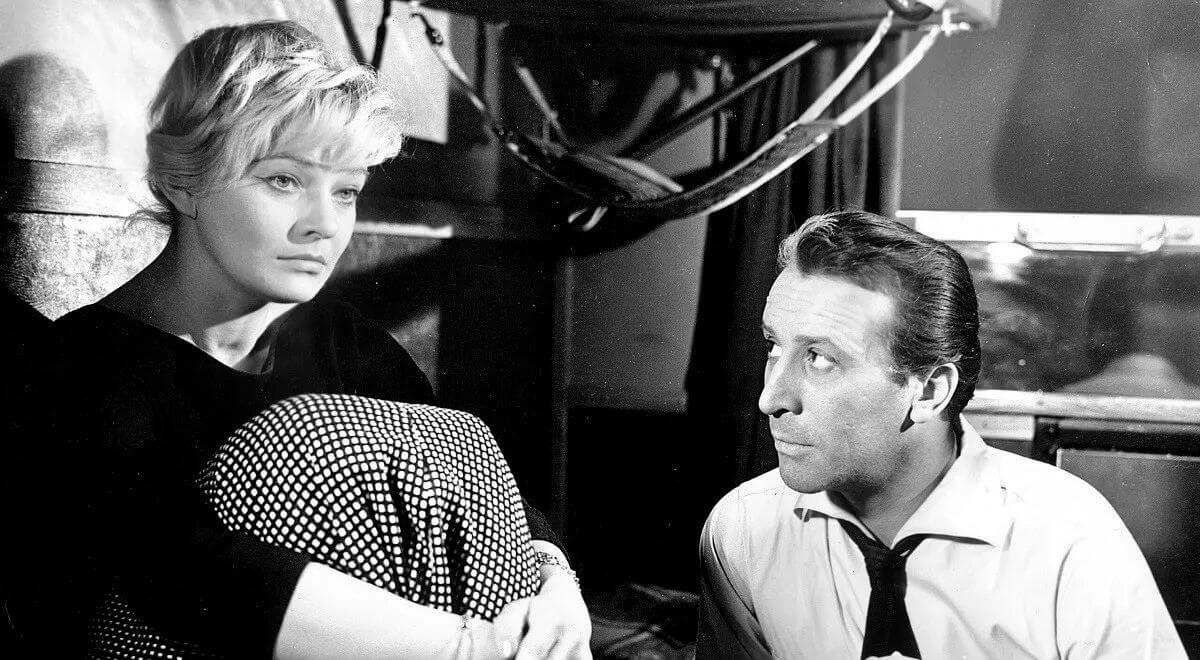
The 1960s are opened by Knights of the Teutonic Order (1960) – the only film in this compilation directed by Aleksander Ford. I think the presence of this work may be a slight surprise because in Polish cinematography, we can point out at least a few other historical dramas with better reviews. From the same year, Scorsese highlighted the quite different in genre or stylistically Innocent Sorcerers by Andrzej Wajda. To my delight, the list also includes Mother Joan of the Angels (1961) with the memorable role of Lucyna Winnicka. It is one of the most complete Polish works – from visual aspects (set design, cinematography) to characterizations and dialogues. I believe that Jerzy Kawalerowicz’s handling of the subject matter does not lose in any way to Ken Russell’s famous The Devils (1971).
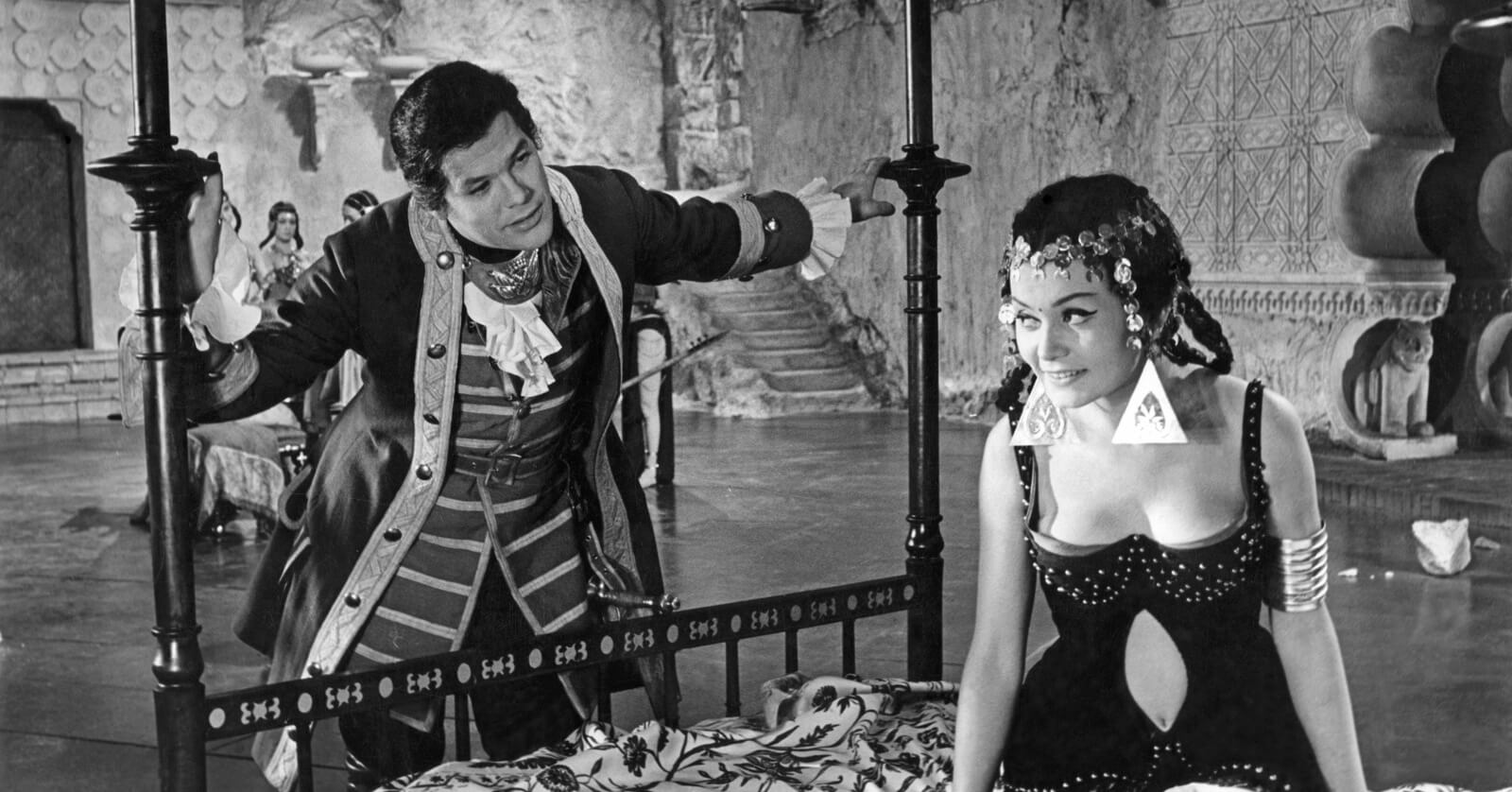
Scorsese did not overlook The Saragossa Manuscript (1964), which would certainly be appreciated by Luis Buñuel and Francis Ford Coppola if they were tasked with compiling a thematically similar list. The American director returned to Tadeusz Konwicki, highlighting Salto (1965), and the 1960s closed with Kawalerowicz’s presence again. This time, Kawalerowicz’s Pharaoh (1966) attracted Scorsese’s particular attention. The film director remained faithful to the ascetic style he adhered to when making black-and-white films. The film adaptation of Bolesław Prus’s novel is characterized by restrained color scheme, a series of intimate shots, and restrained acting. I think Pharaoh in many ways differs from the grandeur of historical and costume dramas from Hollywood, hence all the more reason to rejoice that it managed to appeal to Scorsese.
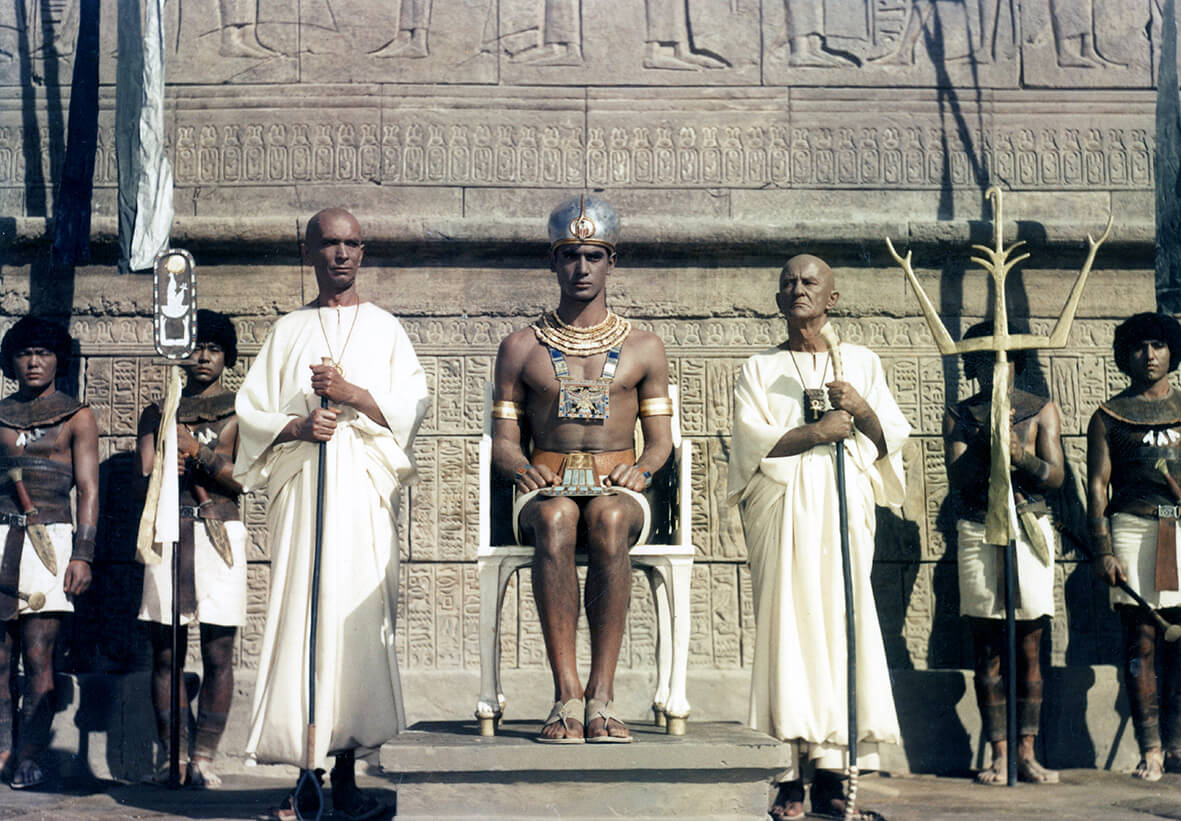
The 1970s also represent a set of six works. There is To Kill This Love (1972) by Janusz Morgenstern, portraying the struggles of coming of age, and The Wedding (1973). Andrzej Wajda undertook the adaptation of Stanisław Wyspiański’s drama. At this stage of the list, Krzysztof Zanussi’s name appears for the first time with his Illumination (1973) – quite specific especially in terms of framing. There is also the second great work by Wojciech Jerzy Has, The Hourglass Sanatorium (1973), undoubtedly one of the most intriguing Polish films in terms of the construction of the presented world. In creating the scenery, Has achieved an even better effect than during the production of the already mentioned The Saragossa Manuscript, and he also proved that he can operate the color palette excellently.
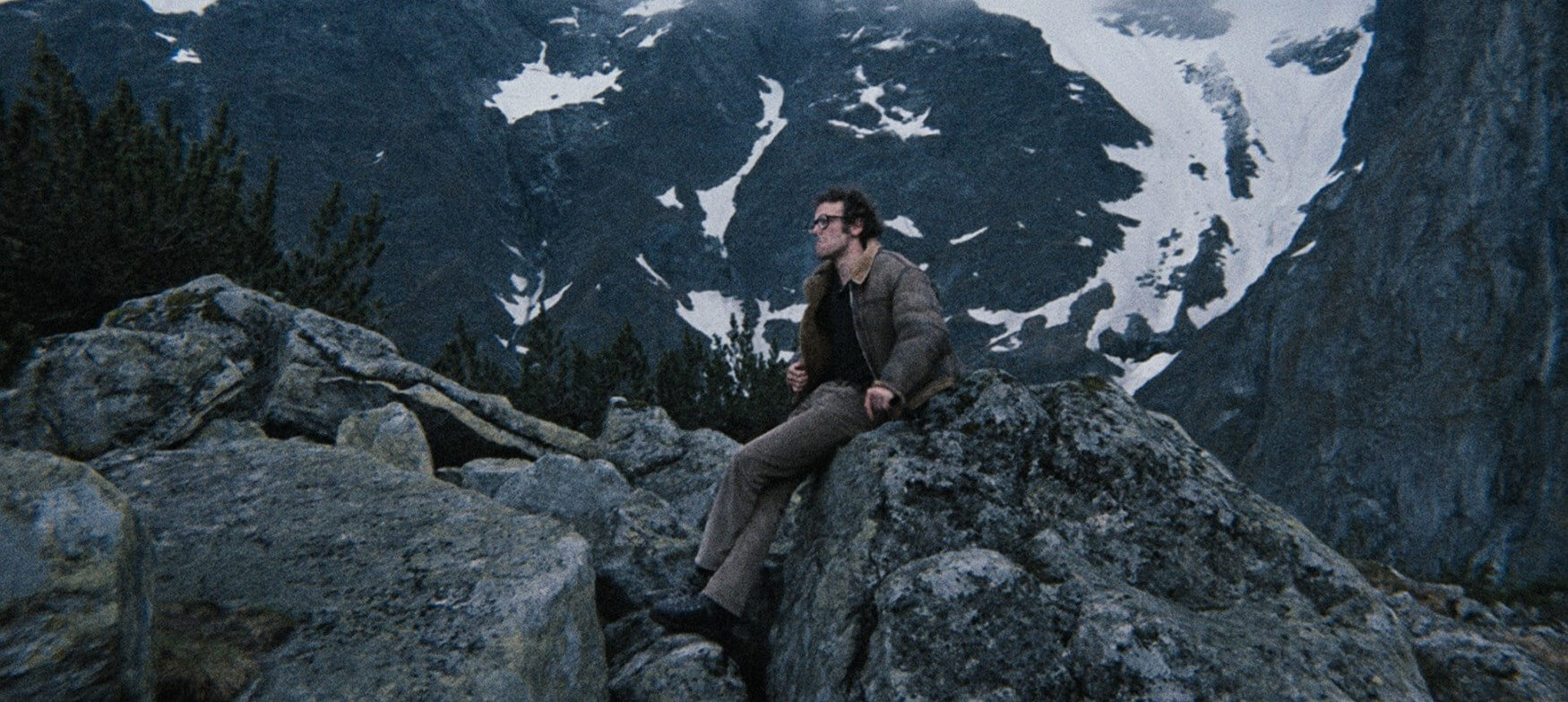
Scorsese did not omit The Promised Land (1974) by Wajda, which was nominated for an Oscar in the Best Foreign Language Film category. The decade closes with Camouflage (1976) – widely regarded as Zanussi’s greatest achievement. I wouldn’t say it’s unequivocal, but undoubtedly, in no other film did the Warsaw creator create such a full-blooded duo of characters. In Camouflage, the main roles were played by Zbigniew Zapasiewicz and Piotr Garlicki.
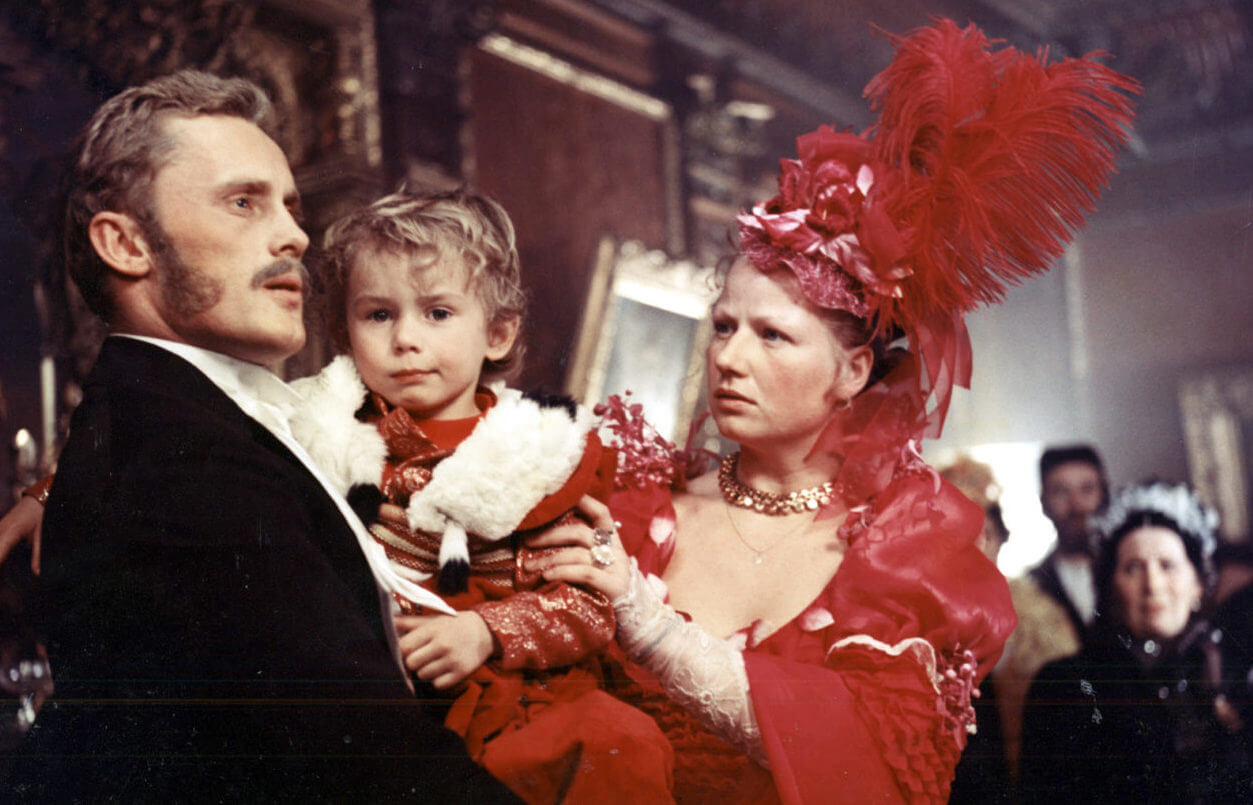
We stay with Zanussi, as the 1980s are inaugurated by Constans (1980), which, both in terms of individual motifs and technical devices, strongly evokes associations with The Illumination and the non-included Spiral (1978). I believe that these three films together form a certain idea that Zanussi demonstrated on screen. There is also Man of Iron (1981), which, despite glaring editing errors, became the first Polish winner of the Palme d’Or in history. We don’t know if this triumph influenced Scorsese’s decision, but I am surprised that the American did not include the (slightly) better Man of Marble (1976).

In the list, there is also Austeria (1982), whose action takes place at the outbreak of World War I, and it is another widely respected work by Kawalerowicz. Scorsese closed his list with two films by Krzysztof Kieślowski. There is Blind Chance (1981) and A Short Film About Killing (1988) – the longer cinematic version of Dekalog V.
The UK screenings were expanded to include films by creators whose works had not been previously presented. Premiering on the list were Roman Polanski, Jerzy Skolimowski, and Agnieszka Holland. From their extensive oeuvre, Knife in the Water (1961), Walkover (1965), and Provincial Actors (1978) were selected, respectively. The choice of the second film is intriguing. I think that without knowledge of Identification Marks: None (1964), the reading of certain scenes from the adventures of Andrzej Leszczyca may be unclear.

Are there other important titles missing from Scorsese’s list? Undoubtedly, so one can argue about which one deserved a place in this compilation. Nevertheless, the American director shared his feelings, his taste, with the audience, so questions like “What about Kanal“? or “Nothing from ‘Hoffman’?” are, in my opinion, out of place, although… I won’t hesitate to invite readers to discuss.

